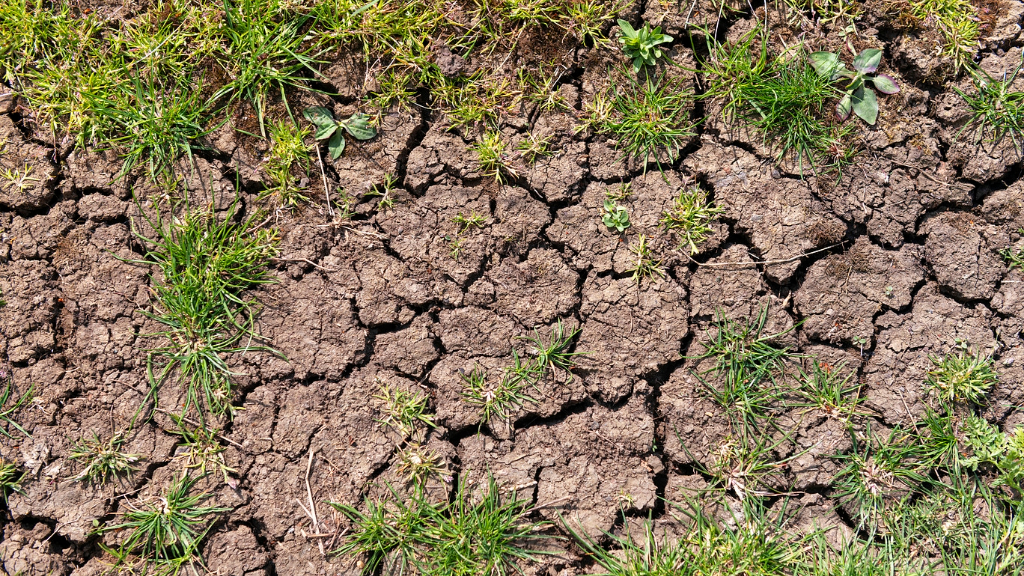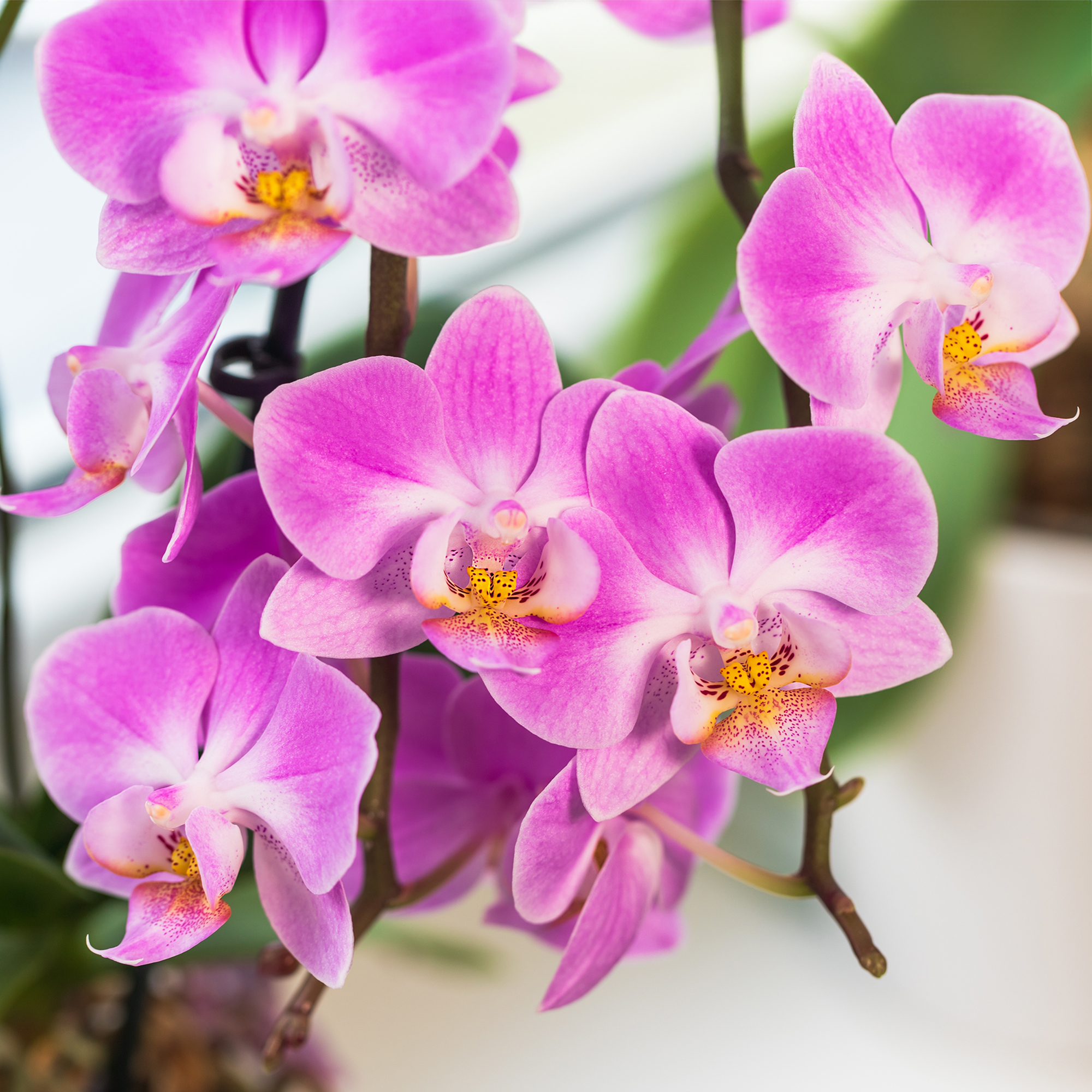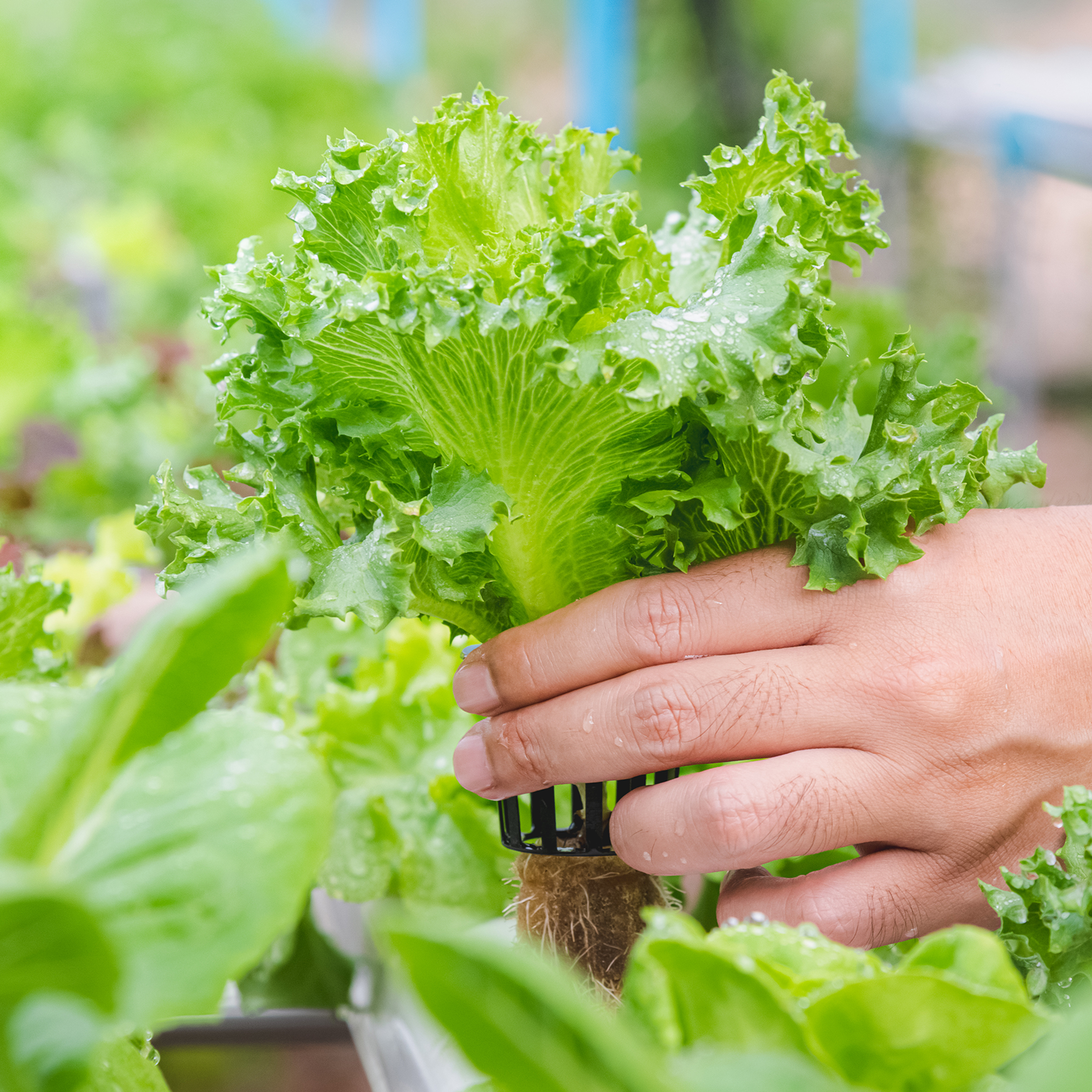Drought Tolerant Doesn't Mean Invincible


I plant drought-tolerant shrubs in my San Francisco garden. And drought-tolerant trees and drought-tolerant flowers and veggies. California never has much rain in the summers, but, in recent years, the fall and winter rains are also slowing. That has caused several successive years where the state is officially in a drought, making a drought-tolerant backyard essential.
In the years I have gardened, I have come to believe in the power of nature to make it through. But I learned this year that even nature might not be able to work with climate change. And that drought-tolerant plants can’t actually survive a drought.
California’s Drought
The U.S. Drought Monitor - a national weekly map showing parts of the country that are in drought – began in 2000. Since then, California has repeatedly experienced drought. The longest duration of California drought lasted six years, that is, 376 weeks, starting in the end of 2011 and ending in March 2019.
Since 2019, the state has not “recovered” from drought. Much of the period between the middle of 2000 and the current day in 2022 also were times of serious drought. Most of the people I know with gardens have modified them by replacing lawns and shrubs with drought-tolerant plants.
Drought-Tolerant Plants
As a garden writer, I fill my own garden with the plants I recommend to readers: drought tolerant native plants that have evolved to survive the periods without rain. As I explain when I give tours of the San Francisco Botanical Garden, coastal California has always experienced hot, dry summers. It is one of the areas with Mediterranean climates marked by dry summers and cooler, wetter winters.
So our native plants have evolved to tolerate summers without water. California poppies thrive all summer long. California buckeye trees drop their leaves in the heat of summer, going into early dormancy. Succulents store all available water in their puffy leaves to access when there is no rain. My backyard is full of native plants.
Drought-Tolerant Limitations
What I learned this summer is that drought-tolerant plants have their limitations. I spent the hottest part of the summer – from mid-July through August – in San Francisco. While I didn’t water the plants every day, I did give them a drink every week. And when I left for France in early October, the plants were thriving.
Gardening tips, videos, info and more delivered right to your inbox!
Sign up for the Gardening Know How newsletter today and receive a free copy of our e-book "How to Grow Delicious Tomatoes".
Fast-forward to November, when I returned from France. Sadly, the expected rains were short-lived and the predictable San Francisco fog yielded center stage to clear skies and hot sun. The result was not pretty.
Plants I have had for a decade were dead, from the tippity-top of their blossoms to the crispy foliage to the sad, brittle roots. Succulents were burned, brown, shriveled. Poppies were masses of dead, ferny leaves. Even the ever-blooming salvia plants had lost their flowers and could be yanked out, roots and all, with one hand.
So what is the biggest lesson the garden taught me this year? That everything can be broken, and that we humans can’t count on nature to repair all of our mistakes.

Teo Spengler is a master gardener and a docent at the San Francisco Botanical Garden, where she hosts public tours. She has studied horticulture and written about nature, trees, plants, and gardening for more than two decades. Her extended family includes some 30 houseplants and hundreds of outdoor plants, including 250 trees, which are her main passion. Spengler currently splits her life between San Francisco and the French Basque Country, though she was raised in Alaska, giving her experience of gardening in a range of climates.
-
 Is Your Orchid Epiphytic? Why It Matters – And How To Tailor Care For The Best Blooms
Is Your Orchid Epiphytic? Why It Matters – And How To Tailor Care For The Best BloomsWith quirky aerial roots and exotic flowers, epiphytic orchids are unlike any other houseplant. Find out how to care for them and why they're worth the effort.
-
 How To Grow Lettuce In Water: Easy Hydroponics For Soil-Free Leaves Year-Round
How To Grow Lettuce In Water: Easy Hydroponics For Soil-Free Leaves Year-RoundWant fresh lettuce without the fuss? Skip the soil and learn how to grow it hydroponically on your countertop or windowsill.